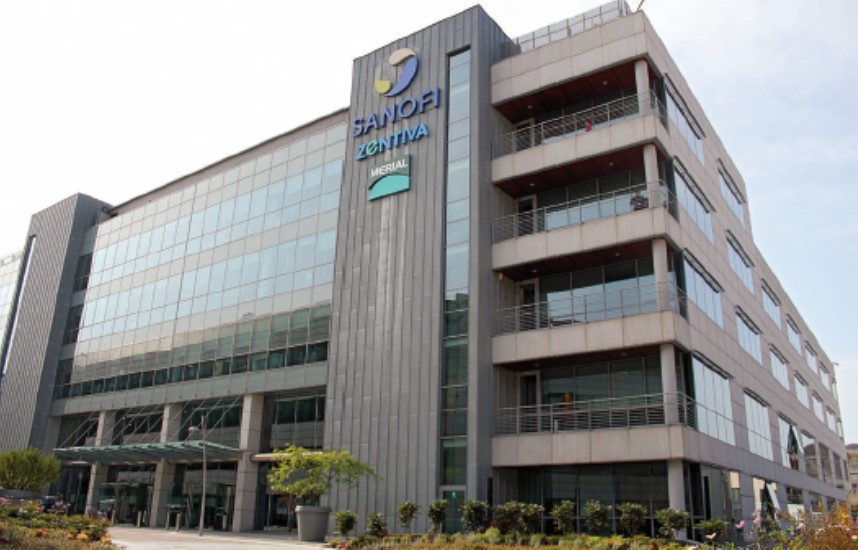Lean methodology: from production to offices
With a strong international focus, more than 110,000 employees in more than 100 countries, 107 plants and more than 20 Research & Development Centers, Sanofi represents the fourth largest pharmaceutical group in the world. A global company that researches, develops and distributes integrated therapeutic solutions, as well as a sense of social, economic and environmental responsibility and a strong commitment to its human capital.
Always committed to the professional growth and development of its employees, Sanofi thought of extending the positive experience made with the Lean methodology in Production to Human Resources as well. The goal of the project: to consolidate a more linear working modus, characterized by a reduction of waste in the process and greater respect for deadlines.

Laura Bruno, Human Resources Director Sanofi Italy and Malta
Long adopted in the world of production, the Lean methodology has been extended into the office environment. One of the reasons that led us to choose Bonfiglioli Consulting as a partner was precisely their consolidated experience not only in the production area, but also in all other business sectors. In the first phase, we facalized on the payroll structure (about 13 resources) and then extended the methodology to all offices in the various locations (about 2650 people, excluding temporary workers).
The project consisted of two main phases: preliminary analysis and implementation of improvement actions.
In an organization of this size and spread across several sites, personnel administration at Sanofi presents a high degree of complexity. In order to identify actions to achieve the goal, the main processes were mapped to identify opportunities for improvement, any overlaps or redundancies between headquarters and sites, gaps between current and 'desired' information tools, and to develop the customer/supplier perspective in order to receive 'on time and quality' the information needed to conduct payroll activities.
Monica Oppezzo, Country Payroll, T&E & HR Systems Manager
The first operational step was two learning-by-doing training sessions on Lean Office with the objectives of learning about the five basic principles of Lean for applying the method to office processes, understanding the importance of teamwork, understanding how to measure process performance (indicators) and how to identify short- and long-term improvement activities.
The analysis phase was conducted through:
As a first step, the processes and activities that characterize payroll were identified and grouped into "core activities" and "other activities." Among the core activities, those on which resources spend 80% of their time (processes 80) were estimated. Operational resources reported their activities on a specific data collection form developed based on the identified macro processes and activities. The mapping of "Processes 80" through VSM enabled the identification of value-added activities (VA) and non-value-added activities (NVA), with their estimation over time.
Through interviews, the following were collected: value/non-value activities (taking into consideration activities defined as waste such as unnecessary control activities, unnecessary printing and filing, reminders, searching for missing information, inadequate training, etc.), points of attention/criticism, process time (time needed to carry out the activities and number of people involved). For each of the identified projects, the team was defined, the related team leader and the macro activity plan. There were four areas of improvement and project areas identified to achieve the goals, for each of which a Specific Project Team, including: the team "Good at first shot" (which monitors activities and shares anomalies and strategies to eliminate related waste), the "Best Practice" team (which is responsible for standardizing the management of temps in SAP, standardizing behaviors, defining best practices, establishing and enforcing counter hours, and developing a self-service system for office activities as well), the "Rationalization/standardization report" and finally the team "IT enhancement".
The improvement activities identified have been implemented. Two areas of results: "hard" (reducing non-value activities and standardizing behaviors) and "soft" (increased sense of belonging, realization that 'things can change,' start of the continuous improvement approach).
The implementation of the identified actions has decreased the time occupied by non-value activities (NVA) from 57 to 35%, while increasing to the same extent that for value activities (VA) from 43 to 65% (+22%). The time thus saved can also be used for updating, training and informing employees, continuous improvement activities.